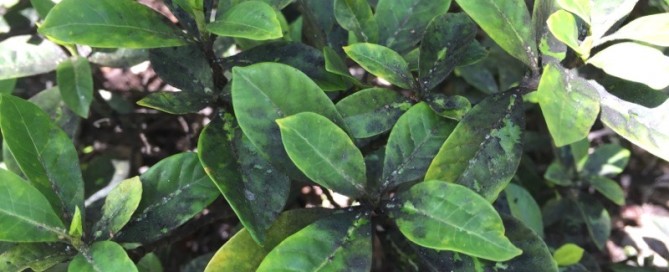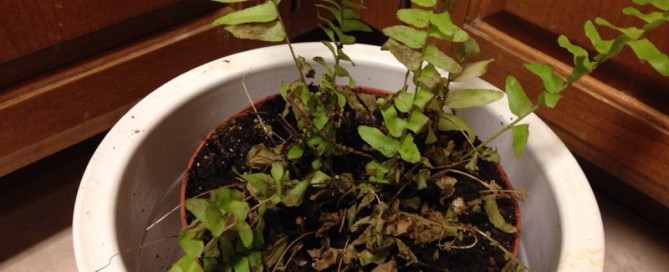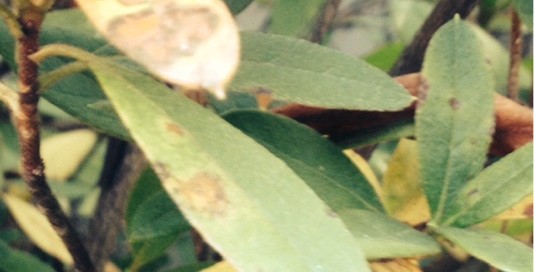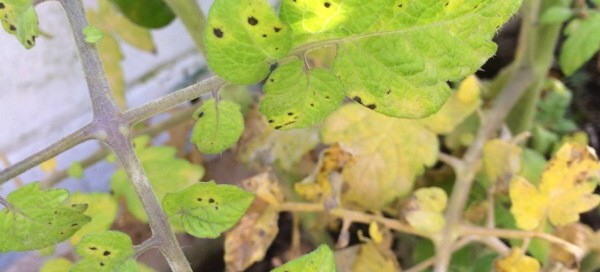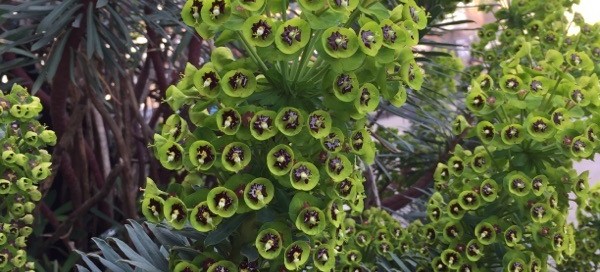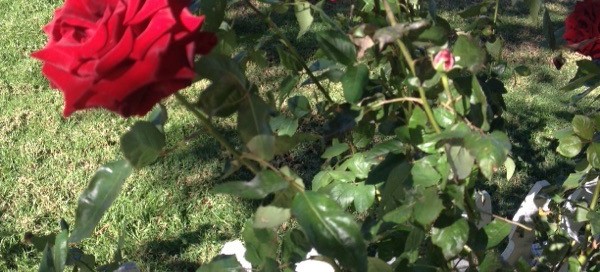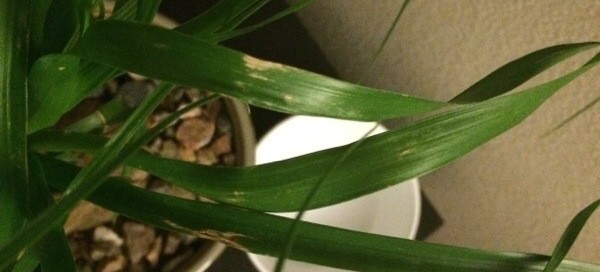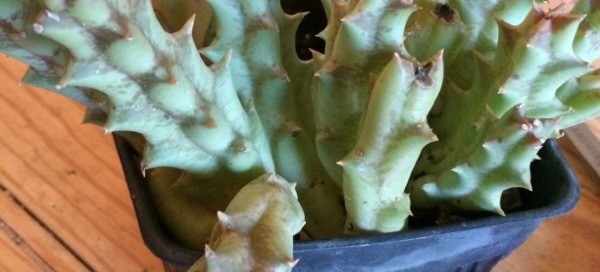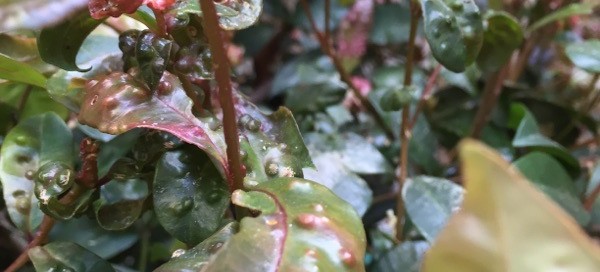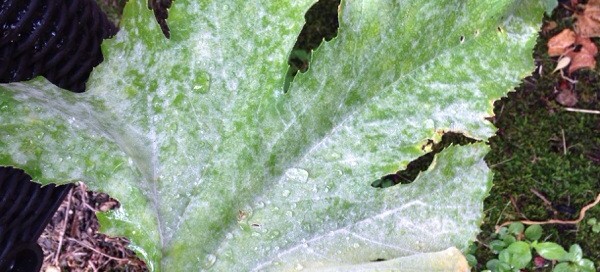Black Sooty Mold
Black sooty mold results from the excretions of sap-sucking insects such as aphids, scale or mealy bug. The excretions (called honeydew) lead to black sooty mold. Aphids can be washed off with a strong stream of water but If the problem is extensive, then it might be best to use an organic control such as Spinosad with a 7-10 day residual. If spraying with Spinosad wait until the early evening after the bees have returned to their hives. Once the spray has dried it is safe for beneficials. You can also use systemic insecticide formulated for your specific plant. Also if you see ants around your plant, get rid of them with an ant bait that they take back to the nest so that the entire colony can be killed. Ants "farm" aphids, scale and mealybugs for their honeydew.
